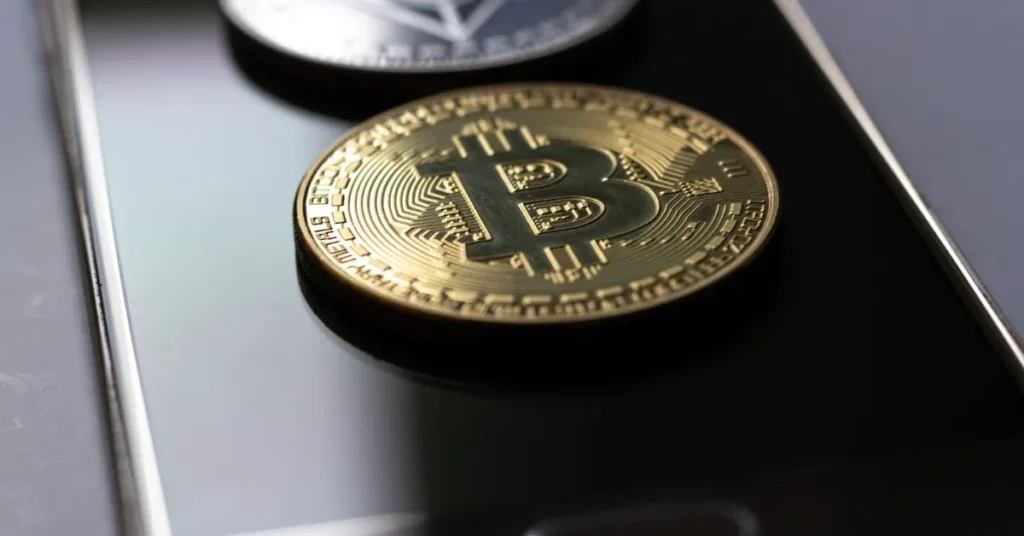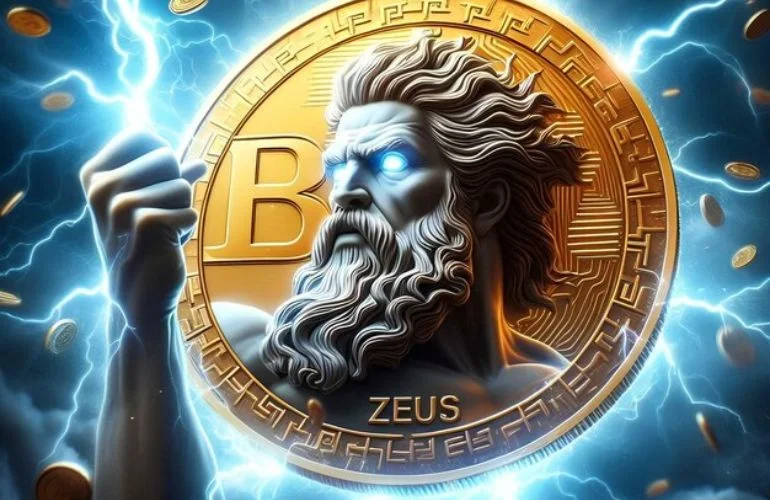Understanding the difference between NFT vs SFT is crucial for anyone interested in digital assets and blockchain technology. These tokens have revolutionized how we perceive ownership and value in the digital realm. If you’re looking to delve deeper into this world, learning how to create NFTs can be a great starting point. Check out this guide on how to create NFTs for more information.
What is an NFT (Non-Fungible Token)?
An NFT, or Non-Fungible Token, is a type of digital asset that represents ownership or proof of authenticity of a unique item or piece of content. Unlike cryptocurrencies like Bitcoin or Ethereum, which are fungible and can be exchanged on a one-to-one basis, NFTs are unique and cannot be exchanged on a like-for-like basis.
Characteristics of NFTs
NFTs are characterized by their uniqueness and indivisibility. Each NFT has distinct information or attributes that make it different from any other NFT. This uniqueness is verified and stored on a blockchain, ensuring the authenticity and ownership of the asset.
Common Uses of NFTs
NFTs are commonly used in various industries, including digital art, music, collectibles, gaming, and real estate. Artists and creators use NFTs to monetize their work, while collectors and investors acquire NFTs as digital assets.
What is an SFT (Semi-Fungible Token)?
An SFT, or Semi-Fungible Token, is a type of digital asset that combines features of both fungible and non-fungible tokens. SFTs can start as fungible tokens but later become non-fungible when they acquire unique attributes or metadata.
Characteristics of SFTs
SFTs are characterized by their flexibility and divisibility. They can be divided into smaller units and later combined or converted into unique tokens with distinct properties. This hybrid nature allows SFTs to serve a wide range of applications.
Common Uses of SFTs
SFTs are commonly used in gaming, digital coupons, and shared ownership models. For example, in gaming, SFTs can represent in-game items that can be divided and traded among players.

Key Difference Between NFT vs SFT
Following are the points that have defined the difference between NFT vs SFT
Uniqueness
NFT: NFTs are unique and one-of-a-kind. Each NFT has distinct attributes that make it different from any other NFT.
SFT: SFTs can be partially fungible. They can start as identical tokens but later acquire unique properties.
Divisibility
NFT: NFTs are indivisible. They cannot be broken down into smaller units.
SFT: SFTs can be divided into smaller units and later combined or converted into unique tokens.
Use Cases
NFT: NFTs are commonly used in art, collectibles, and real estate, where uniqueness and proof of ownership are crucial.
SFT: SFTs are used in gaming, digital coupons, and shared ownership models, where flexibility and divisibility are beneficial.
Technological Differences
Blockchain Technology
Both NFTs and SFTs are built on blockchain technology, which ensures the security, transparency, and immutability of transactions.
Smart Contracts
Smart contracts play a crucial role in the creation and management of NFTs and SFTs. NFTs typically use standards like ERC-721, while SFTs use standards like ERC-1155, which allow for greater flexibility.
Metadata and Standards
ERC-721: This standard is used for NFTs and ensures that each token is unique and non-fungible.
ERC-1155: This standard is used for SFTs and allows for both fungible and non-fungible tokens, offering more versatility.
Market and Value
Market Trends
The market for NFTs has seen explosive growth, with high-profile sales and increasing interest from artists, investors, and collectors. SFTs are gaining traction in the gaming industry and other sectors that benefit from their flexibility.
Valuation Methods
Valuing NFTs often involves considering factors like rarity, demand, and the reputation of the creator. SFTs may be valued based on their utility, divisibility, and potential for future conversion into unique tokens.
Investment Potential
Both NFTs and SFTs offer investment opportunities, but they come with different risk profiles. NFTs can be highly speculative, while SFTs offer more stability due to their fungible nature.
Advantages of NFTs
Ownership and Provenance
NFTs provide clear proof of ownership and provenance, which is valuable for collectors and investors.
Market Liquidity
NFTs can be traded on various marketplaces, offering liquidity to holders.
Community Engagement
NFTs often foster community engagement and support for creators.

Advantages of SFTs
Flexibility in Use Cases
SFTs offer flexibility, making them suitable for a wide range of applications.
Improved Liquidity
SFTs can be divided and traded more easily, improving market liquidity.
Potential for Broader Adoption
The versatility of SFTs makes them appealing for broader adoption in various industries.
Challenges and Criticisms
NFTs: Environmental Impact
The creation and trading of NFTs can have a significant environmental impact due to the energy consumption of blockchain networks.
NFTs: Market Volatility
The NFT market can be highly volatile, with prices fluctuating dramatically.
SFTs: Complexity
SFTs can be complex to understand and implement, which may hinder adoption.
SFTs: Market Understanding
There is still a lack of widespread understanding of SFTs, which can limit their market potential.
Future Outlook
Potential Developments in NFTs
The NFT space is likely to see continued innovation, with new use cases and technological advancements.
Potential Developments in SFTs
SFTs may see increased adoption as their benefits become more widely recognized and understood.

Conclusion
In summary, understanding what is the difference between NFT vs SFT is key to navigating the evolving landscape of blockchain and digital assets. While NFTs are unique and indivisible, SFTs offer a hybrid approach with flexibility and divisibility. Both types of tokens have their own advantages, challenges, and potential for future growth. If you want to read more details on this topic visit here.
FAQs difference between NFT vs SFT
What are the primary difference between NFT vs SFT?
NFTs are unique and indivisible, while SFTs can be divided and later acquire unique properties.
Can SFTs be converted into NFTs?
Yes, SFTs can start as fungible tokens and later be converted into unique, non-fungible tokens.
Which is a better investment: NFTs or SFTs?
The choice between NFTs and SFTs depends on individual risk tolerance and investment goals. NFTs can be highly speculative, while SFTs offer more stability.
How do NFTs and SFTs impact digital ownership?
Both NFTs and SFTs provide new ways to represent and trade digital ownership, with NFTs offering unique ownership and SFTs offering flexible, divisible ownership.
What are the environmental impacts of NFTs and SFTs?
The creation and trading of NFTs and SFTs can have significant environmental impacts due to the energy consumption of blockchain networks. Efforts are being made to develop more sustainable solutions.











